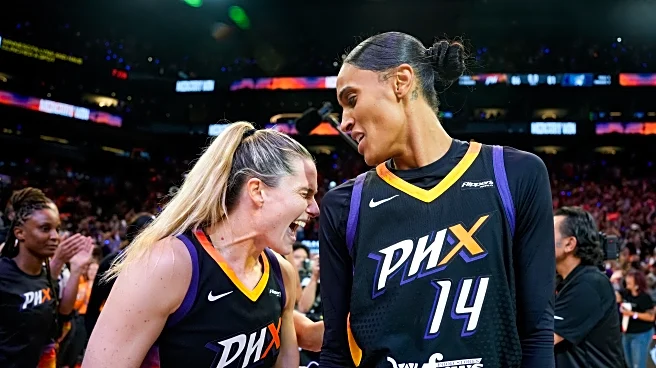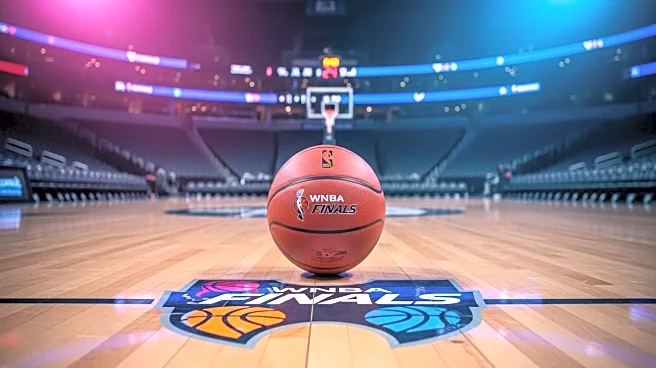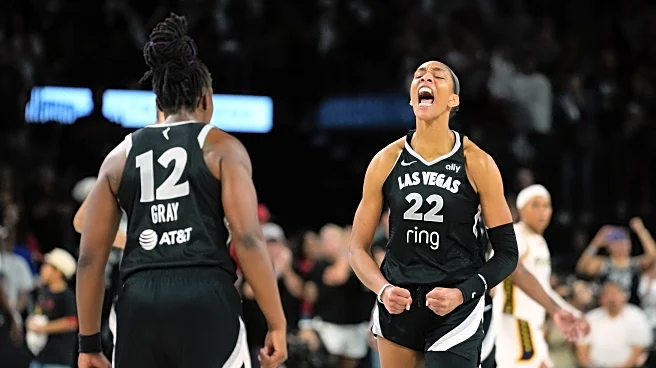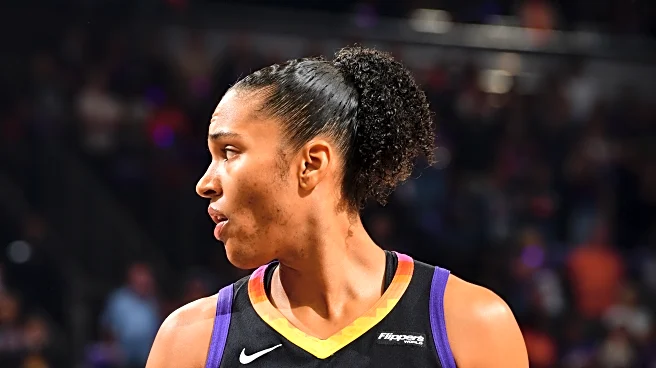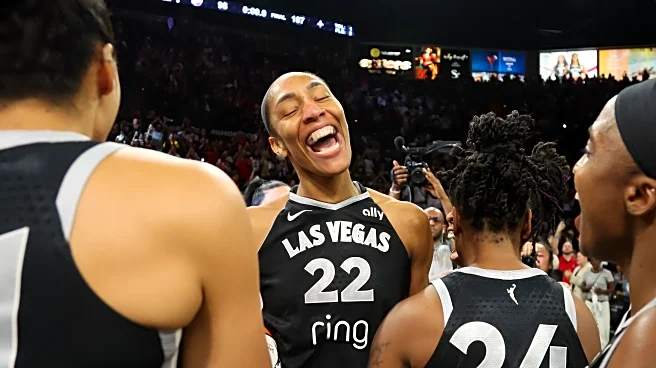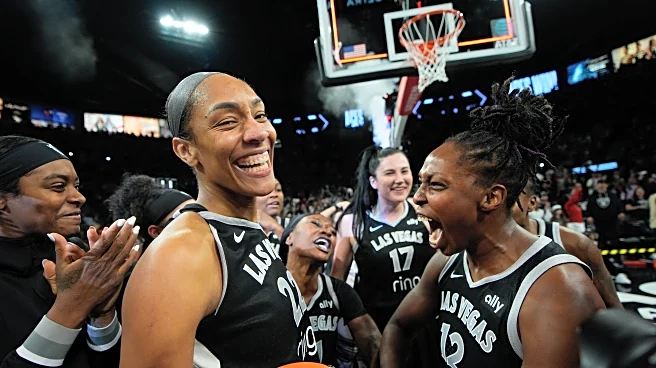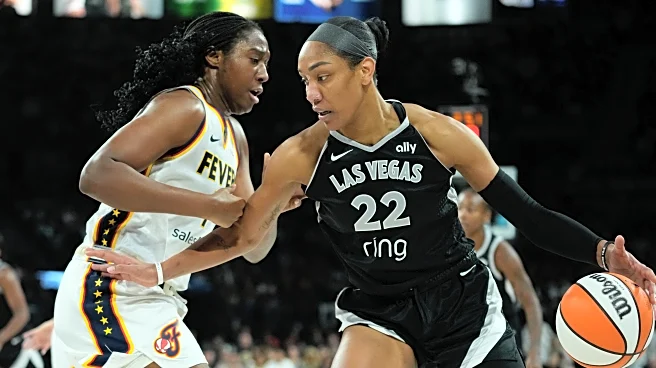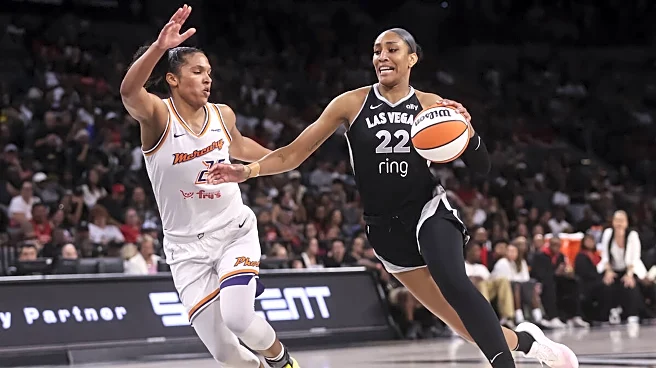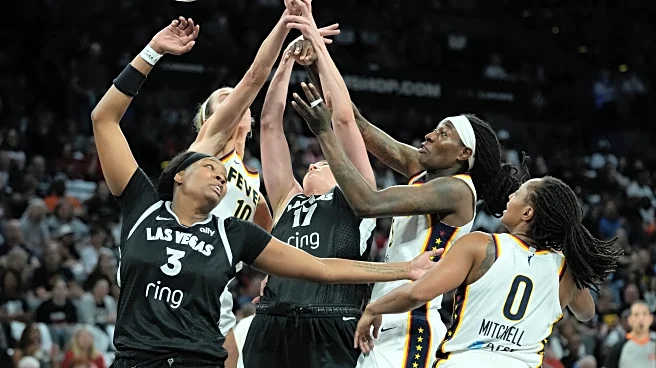The stage is set for what promises to be an electrifying 2025 WNBA Finals as the No. 4-seed Phoenix Mercury prepare to battle the No. 2-seed Las Vegas Aces.
The Aces have risen from the grave and authored
one of the most impressive midseason turnarounds in sports, while the Mercury have proven throughout these playoffs that they have the weapons to compete with anyone. This series will likely be decided by adjustments, matchups and the chess match between two elite coaches.
Here are three critical storylines that could determine who hoists the trophy:
1. Can the Mercury make the Aces reserves unplayable?
The Aces’ depth has been a talking point all season, and Phoenix has a real opportunity to expose Las Vegas’ bench unit and force head coach Becky Hammon into uncomfortable rotations. The Mercury’s aggressive matchup-hunting style could create significant problems for the Aces’ second unit, particularly guards like Dana Evans and Jewell Loyd, while also forcing Las Vegas to make an uncomfortable decision if NaLyssa Smith is getting attacked in pick-and-roll actions.
Phoenix has demonstrated throughout the playoffs an ability to capitalize on small guards with devastating efficiency. Their transition attack, led by forcing turnovers, can quickly turn games if opposing reserves struggle to match their intensity. According to Second Spectrum tracking, Phoenix was second in the playoffs in transition opportunities and had an absurd 1.18 points per direct play on those actions. If the Mercury can build substantial leads during these windows, they’ll force Hammon to shorten her rotation and lean more heavily on her starters—a recipe for fatigue in a grueling seven-game Finals series.
2. How will the Aces’ small-ball lineup perform on defense?
The matchup becomes particularly interesting when Las Vegas goes to their smaller bench lineups. In the semifinal series against the Indiana Fever, one of Las Vegas’s most effective lineups down the stretch was A’ja Wilson at center and four guards. The Mercury have the personnel to easily punish size mismatches in the paint with Satou Sabally, while also possessing the shooting to make the Aces pay for packing the paint. This dual-threat capability could render certain Aces reserve combinations ineffective, fundamentally altering how Las Vegas manages minutes throughout the series.
Chelsea Gray is the ultimate wild card in this scenario. She is the most important piece to the Aces’ switch-heavy defense because of her ability to guard up two positions. According to Second Spectrum, Chelsea Gray led all guards in post ups defended, holding opponents to only .703 points per direct play on those actions. Simply put, posting up Gray is very hard to do.
Las Vegas has found offensive success with their smaller, more versatile lineups that spread the floor and create driving lanes. However, the defensive trade offs will be tested like never before against Phoenix’s multidimensional offense. When the Aces go small, they gain offensive spacing and switchability on the perimeter, but they sacrifice rim protection and rebounding—two areas where the Mercury can potentially exploit them mercilessly. Phoenix’s ability to attack the basket and crash the offensive glass could force Hammon to reconsider how often she deploys these lineups, especially in crucial fourth-quarter situations.
The numbers will tell an important story about vulnerability. If the Aces’ smaller units struggle to defend switches and send extra help, Phoenix could generate easy baskets that swing momentum and the scoreboard. However, If the Aces can hold up defensively with Gray playing power forward, they can win this series.
3. How will the Mercury guard the A’ja Wilson-Jackie Young pick and roll?
This is perhaps the most critical tactical question of the entire series. The Wilson-Young pick and roll has been the most deadly combo this season, combining Wilson’s screening, rolling and midrange mastery with Young’s pull-up shooting and downhill rim pressure. For Phoenix to have any chance of winning this series, they must find answers to this devastating action.
The Mercury will likely experiment with multiple coverages throughout the series. Dropping their big defender might invite pull-up jumpers from Young, who has been lethal from that distance all year. Fever head coach Stephanie White explored a variety of different coverages (icing, blitzing and at the level), but none of them really worked because of how talented Jackie and A’ja are. In the decisive Game 5, the Fever actually went zone more than they ever have this season, with the exception of two games, to avoid any matchup hunting.
In the playoffs, A’ja-Jackie pick-and-roll actions have produced a 1.02 points per direct play. The volume and efficiency of this play has been staggering, which is why Phoenix must be creative and willing to show different looks. Perhaps their best strategy is variety itself, which will keep Wilson and Young guessing about the coverage and disrupting their rhythm before they can get comfortable.
The Mercury do have Monique Akoa Makani, who is a better point-of-attack defender than anyone the Fever had, but whether she will be able to guard Young and even Gray is a big question and probably will be the hardest test she’s faced in her WNBA career.
And, the 2025 champion will be…
This series has all the makings of a classic. The Aces have championship pedigree and the 4-time MVP, but the Mercury have the depth and top-level talent. Phoenix’s ability to exploit Las Vegas’ bench with their matchup hunting style gives them a real pathway to victory. Mercury in 6.

